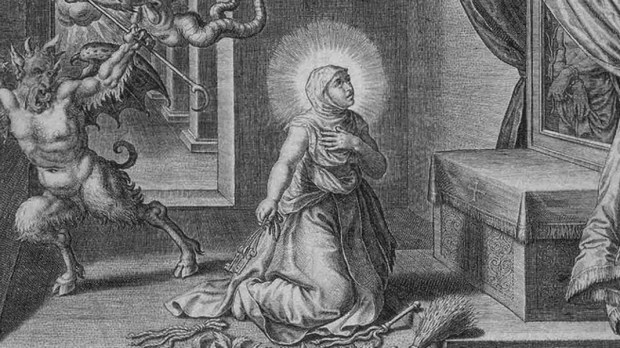In September, the Meadows Museum in Dallas inaugurated an exhibition comprised of a series of engravings, drawings, and books that explore the various roles the holy women of the 17th and 18th centuries played in building the Spanish Empire. The works included in the exhibition depict different models of female saintliness, revealing how women became active spiritual leaders, mystics, authors, and patrons during that period.
The exhibition, called Picturing Holy Women in the Spanish Empire, 1620–1800, explores the complex and fascinating history of how these saintly women upheld the exemplary model of female sanctity predominant in Spain and the Americas during the early modern period and, by so doing, challenged and defeated the societal restrictions of their day and age to become prominent figures in the Catholic Church and the Spanish Empire overall.
Visual representations of the Virgin Mary, Mary Magdalene, Saint Teresa of Ávila, and Saint Rosa of Lima, among others, are included in the exhibition.

Largely drawn from the collection of SMU’s Bridwell Library, the exhibition is curated by the Meadows Museum’s Center for Spain in America (CSA) Curatorial Fellow, Miranda Saylor. Highlights include an extraordinary engraving representing Saint Teresa preaching (1679), a frontispiece featuring the Mexican nun Sor Sebastiana Josefa de la Santísima Trinidad (1765), and a rare 18th-century pictorial manuscript commissioned for the Convent of Santa Clara in Palma de Mallorca (c. 1780–1800). These will be joined by works from the Meadows’s collection, as well as loans from SMU’s DeGolyer Library and a private collection.



